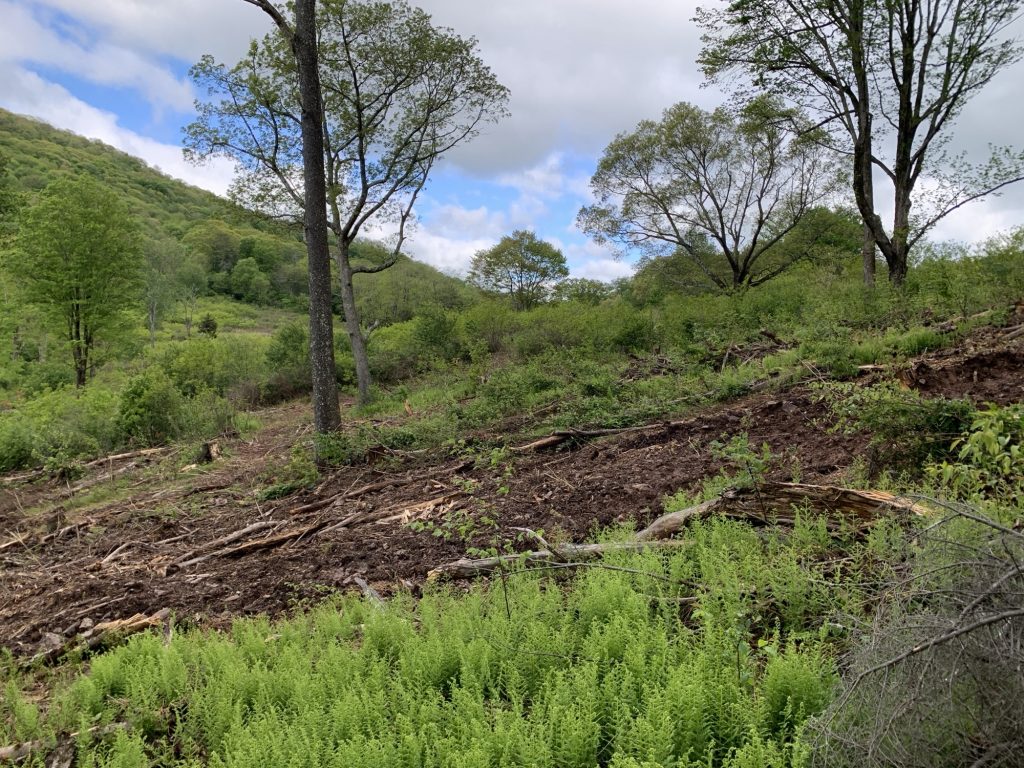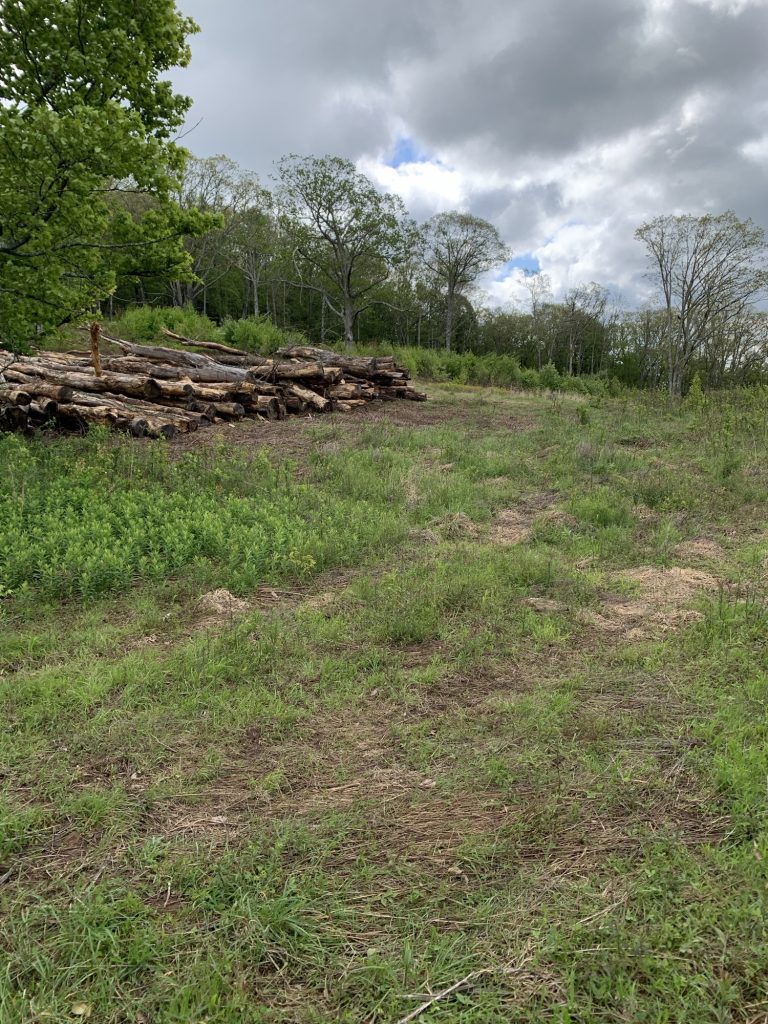Turkey Habitat Restoration Revives Appalachian Ecosystems
EDGEFIELD, S.C. — The Virginia NWTF State Chapter recently partnered with the Virginia Department of Wildlife Resources and the Virginia Department of Forestry to establish native open field habitats on Jack Mountain within the Highland Wildlife Management Area. The project will create diverse habitats for wildlife and improve conditions for future habitat management efforts.
The Highland WMA is mostly forested land, consisting of oaks and hickories. Overall habitat management efforts on the WMA are focused on maintaining sustainable native plant ecosystems. At Jack Mountain, a high-elevation plot of old pastures, the NWTF is helping manage areas for wild turkeys, which in turn is benefiting many species, including the threatened golden-winged warbler and the federally endangered rusty patched bumble bee.
“We have a really good and healthy population of rusty patch bumblebees on this land right now,” said Ron Hughes, Virginia DWR wildlife area manager. “In fact, it’s one of the strongest populations in the state is my understanding. The golden-winged warbler, which is a species in decline here in the Appalachians, likes high-elevation, open shrubby areas, and so we thought that we could target this area to get golden-winged warblers in our habitat. We did have golden-winged warblers come in and pair on this habitat about three years ago. They came in a year after we did an expansion on the field with timber work.”
Starting in 2013, managers have been expanding field areas on Jack Mountain by doing timber work. Most recently, using funding provided by the Virginia NWTF, DWR managers were able to cut back timber from the field’s edge to expand field habitats even further. Approximately 3,500 feet of permanent firebreaks around the perimeter of a prescribed burn area were installed.

“This project will promote quality brood habitat in close proximity to nesting habitat,” said Cully McCurdy, NWTF district biologist for Virginia, West Virginia and North Carolina. “The high-elevation clearings are also close to mature mast-producing hardwoods, which are used by wild turkeys as a winter range. Having these varying habitat types that turkeys depend on during various times of the year is a huge win for wild turkey management.”
This project contributes to the NWTF’s Forest and Flocks Initiative, establishing seasonal habitat requirements for the wild turkey within the initiative's 13-state region. To create young forest, early successional, and grassland habitats that increase nesting and brood cover, managers are also making the area more conducive to prescribed fire.
For instance, 15 acres on Jack Mountain were burned in 2020, with a follow-up harvesting of 6 acres of hardwood trees. Intensive management of this field is fostering a mosaic of old-field and early successional habitats for a diversity of wildlife species. Managers hope to conduct another prescribed burn sometime next spring.

“The Highland WMA and Jack Mountain are unique and popular areas with lots of management potential,” McCurdy said. “This was the fourth project in recent years the NWTF has supported with Virginia NWTF State Chapter Super Fund dollars. This entire region, west of the Blue Ridge Mountains, has been a priority for the NWTF Virginia State Chapter and the local Little Switzerland Chapter to support. The Virginia Department of Wildlife Resources has continued successful management of this resource, which assures the NWTF will stand ready to support future management endeavors.”
These collaborative efforts emphasize that science-based management benefits an entire suite of species that depend on the same ecosystem.
“We could not do this on our own,” Hughes said. “We’re so grateful to have the NWTF come to the table and help us. Having the NWTF and other NGOs with an interest in the habitat, asking how to maintain a habitat down the road is a real value, and we appreciate the dedication to ensure these habitat projects keep going for a long time.”
About the National Wild Turkey Federation
Since 1973, the National Wild Turkey Federation has invested over half a billion dollars into wildlife conservation and has positively impacted over 24 million acres of critical wildlife habitat. The NWTF has also invested over $10 million into wild turkey research to guide the management of the wild turkey population and to ensure sustainable populations into perpetuity. The organization continues to deliver its mission by working across boundaries on a landscape scale through its Four Shared Values: clean and abundant water, healthy forests and wildlife habitat, resilient communities, and robust recreational opportunities. With the help of its dedicated members, partners and staff, the NWTF continues its work to provide Healthy Habitats. and Healthy Harvests. for future generations
